Up to now I’ve spoken in this Podcast only about photographic techniques and theories that I am totally confident in. This week, having just gotten back from five days in India I have decided to talk about a subject I am not so confident with, which is portraiture. Predominantly a nature photographer, although I try, I’m not very good at making portraits. The actual photos will speak for themselves, so you can make up your own mind about that, but the actual making of the photos doesn’t come very naturally to me. My main problem is that I get a little shy when pointing my camera at people instead of animals or landscapes that don’t have the ability to say “No”. Afraid that I might upset the person I’m making the photo of, I get a little knotted up.
Now, when I say portraiture, I am talking mainly about environmental portraits. That is, people in their environment, doing what they do, and not in a studio, with a pretty background and nice lighting. I guess we can split environmental portraiture into two types of photos. That would be when the subject knows that you are photographing them, and candid shots, when they are not aware of you. Due to my shyness when shooting people, I tend to take a lot of candid shots. For example I can be out in a park shooting animals or flowers, when I see someone that looks interesting sitting on a bench, and snap them as I’m walking around, pretending that I’m shooting the trees or something. I like this kind of shot, as I’m like the natural, un-posed results it produces. I’m not sure of the legal aspects of taking this kind of shot though. I don’t believe there are any problems in most countries, but if anyone has any advice, please post something in the forum for me and other listeners.
When in doubt though, I always let the person I’m going to shoot know that I’m doing so, by getting right in front of them so that I am easy to see, and on most occasions showing them the camera and gesturing that I want to photograph them before raising the camera to my eye. If they appear unhappy, or gesture that they don’t want me to photograph them, I walk away from the shot. I don’t think it is worth upsetting anyone for a shot, and also upsetting people is what I’m afraid of doing and why I’m not all that comfortable with portrait photography.
Anyway, it rained for much of the week, and when it was not raining it was overcast, so I seemed to have taken many shots at between ISO 400 and 800, apart from the 20 minutes or so I spent in a market, that we’ll get to later. This first image, number 717 was shot at dusk, in heavy rain, so I only got a shutter speed on 1/5 of a second. Thanks to my lenses image stabilizer I got the shot, but even with IS I’m amazed this is not blurred. Remember if you are using iTunes you’ll be able to see all the shots by clicking through the thumbnails and opening them to view the larger image. If you are listening on an iPod you’ll only be able to see the first photo. Either way, you can also go to my web site at martinbaileyphotography.com and enter the number 717 into the field on the top page or my Podcast page, or click on the thumbnails on the Podcast page to view each image.
So let’s talk about the interaction leading up to getting the shot of the young man on the bus in the first photo for today. I saw him sitting on the bus and opened the car window to get a better look. We made eye contact and I smiled and showed him the camera and gestured that I want to take a photo, holding the camera up and nodding my head towards it. He showed no objection, and as I raised the camera to my eye, he gave me a wonderful Mona Lisa smile. I got two good shots. This was the first and the one after was slightly blurred and he was smiling more. I also got two more as the bus started to pull away that were useless. I think the initial eye contact to display my intentions and helped to create what I think possibly the best photo of the trip.
As this was a business trip and not a photographic shoot, I couldn’t spend much time making photographs, but I always take a camera and a few lenses when I go on business trips, and try my best to get out and about when time allows. Also in the areas that I often visit in India, the roads are very crowded, so there are often photographic opportunities just waiting for you from the car window, as long as you are not driving of course.
The day after getting the shot of the man on the bus, I decided to have a ride on an autorikshaw after work, as I’d not ridden on one yet, and this was my third visit to Bangalore. While riding on this three wheeled taxi, I got a few shots of the driver while waiting in traffic. This is the second photo today, number 718. I as it was quite dark inside the vehicle I had to crank up the ISO to 1600 and meter from the dark back of the driver’s head, and press the exposure lock button, then recompose the shot, focusing on his eye. This made everything outside the vehicle over exposed and blown out, but helps to bring the viewers attention to the woman’s eyes painted on the windscreen visor. It was this that took my attention and made me want to take the shot. Locking exposure in situations like this is very useful. The other thing I could have done was take a number of shots while changing the exposure compensation, but had I didn’t know how long we’d be stationary and how long the driver would be looking to his left.
I got a number of other photos after this, but the next one I’ve attached to the Podcast is 721 that I shot a little later this evening after a walk, of a few men at a small stall selling cigarettes and magazines. It was fully dark by this time and the main light for the shot was a light bulb. I had the camera set to ISO 1250 and set exposure compensation to minus one stop, to ensure the shot showed that it was dark. Without doing this the camera would have tried to make it as bright as daylight, which would have not only been unnatural, it would have been impossible to hand hold. I was already pushing my luck hand holding at 1/4 of a second and as a result the focus is a little soft. That’s an artistic way of saying it is blurred, but I like the feeling and atmosphere of this shot, so I decided to include it.
The next day I managed to get a few hours off in the afternoon, and visited the Tipu Sultan Palace and market place before heading for the airport. One shot I quite like from the palace is number 722 of a lady holding her child, looking out of the palace from a balcony. There’s nothing technically challenging about this shot other than setting exposure compensation to minus 1.3 stops as the scene was quite dark, and the camera would have made it far to bright had I not do this.
The next shot, number 723 (right) was taken on the outskirts of the market. This man with a wonderfully interesting face was sitting amongst his work, polishing spanners, or wrenches, depending on which side of the pond you live. Again here, I crouched slowly in front of him, and let him see the camera before raising it to my face. I got around seven shots, some portrait and some landscape, and before pushing my luck too far, I lowered the camera, smiled, waved my hand and said “thank you” in a clear voice. The man shook his head from side to side, a gesture that signals agreement in India. I felt as though I was starting to get the hang of making portrait shots a little, at least the physical act of getting the photo, not so much the resulting image.
I walked a little further into the market and having diced with death crossing the road into the main market area, if you’ve ever been to India you’ll know what I mean, I spotted a group of ladies selling various fruits. I looked for the one with the most interesting, story telling face, and again crouched down right in front of her so as to not hide what I was doing. This time, I had made three exposures of which number 724 (below) is the third as the orange seller looked directly at the camera. She looks almost angry in this shot, but in the next frame she burst out laughing and started talking to the woman next to her, probably saying something like “Here’s another damn photographer snapping away like a lunatic!” The shot in which she is laughing was slightly blurred by the movement of her head, so I’ve posted the one in which she looks a little angry, but I can assure you she was not. Again, I thanked her and moved on a little further.
It was here that I spotted a very old lady with hardly any teeth and a weathered face sitting on the floor. I think she was waiting for a bus or something. I was dieing to capture her on film and again crouched before here and let her know my intensions. This time though I was waved off, so I apologized and walked away. It is a difficult call here. Some people may have just snapped off a shot, which I definitely had time to do, but I personally don’t think the shot would have been worth upsetting the old lady.
The last shot I’ve included in the Podcast is 728 of two boys that were standing near a banana seller. There’s also a photograph of the banana seller on my Web site, but while I was shooting him, the two boys came flying over and one insisted on showing me his toy, waving it about in front of his face. I got two shots in which you can see at least one of his eyes, and this one has the other boy with his big eyes sparkling into my lens. Despite only being able to see half of one of the boy’s faces, I just love this shot. I hope you like it too.
Anyway, in total I’ve posted 12 images from the five days from Bangalore in the Karnataka state, all of which are some kind of portrait. I’ll add a link to all the shots in the Podcast notes if you are interested in seeing all of them. I hope this Podcast has been of some use technically. Remember that what ever type of scene you are shooting, be aware that extremities in light, either the frame has a lot of very bright or very dark areas, your camera’s meter will try to make it a neutral, average brightness. If you want to retain the darkness like in the shot of the woman and child in the palace, or the young men at the cigarette stall, you’ll need to set your exposure compensation to minus one stop or more. The reverse would be so, that is you’d need to compensate by adding a stop or so if the shot was very bright, and you wanted to portray it so. In the near future I’ll do a Podcast on exposure compensation in other conditions, so if you are still unsure about this subject, stay tune. The other thing I hope you can appreciate from this Podcast is that it is coming from the perspective of someone that is not so comfortable, but trying hard to get the hang of portrait photography.
Show Notes
The Music in the first 28 Podcasts is copyright of William Cushman © 2005, used with kind permission.
Subscribe in iTunes for Enhanced Podcasts delivered automatically to your computer.
Download this Podcast in MP3 format (Audio Only).

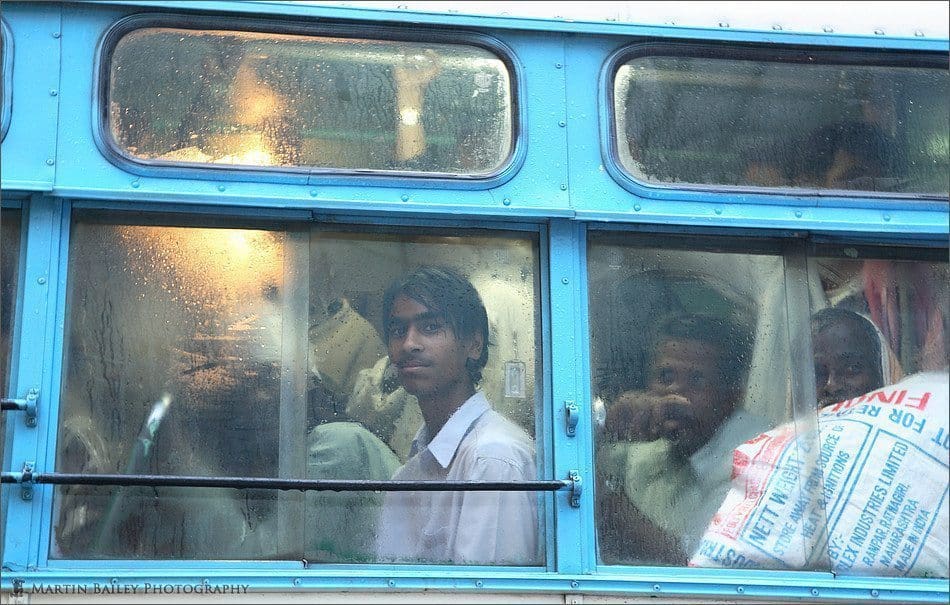
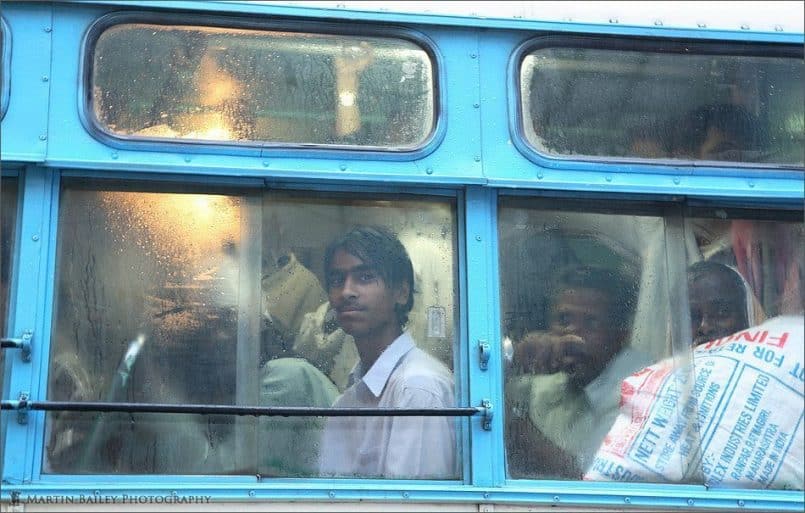
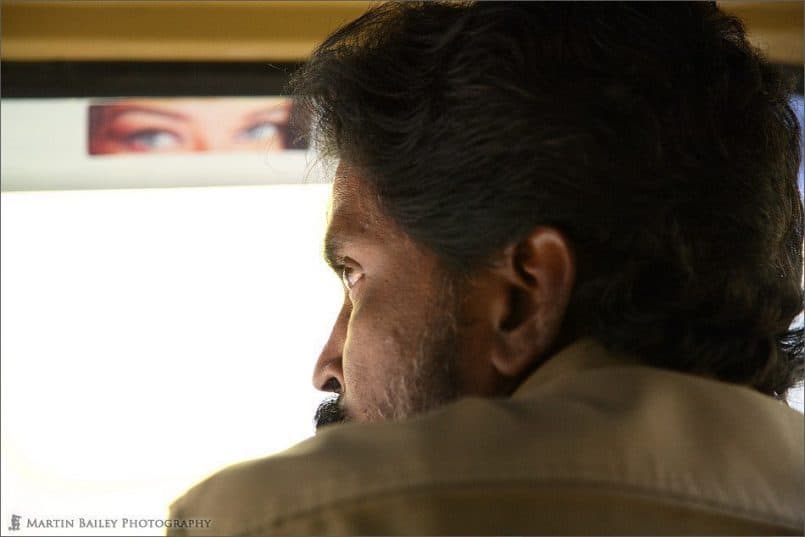
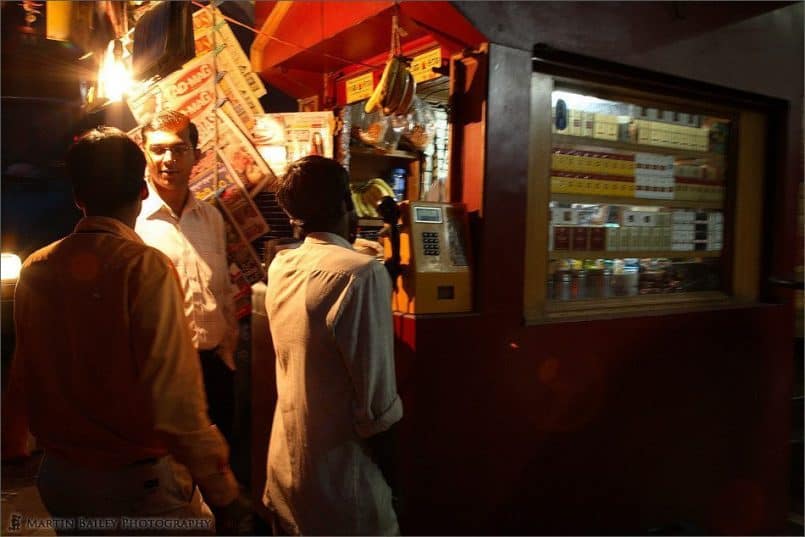
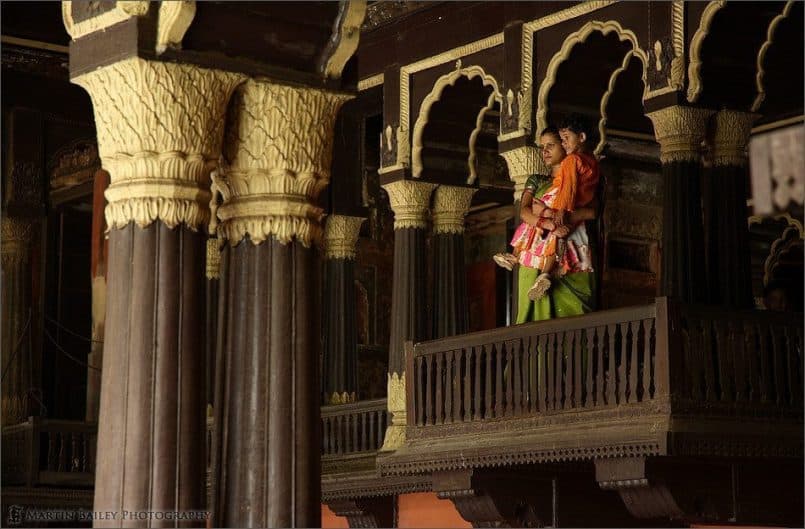
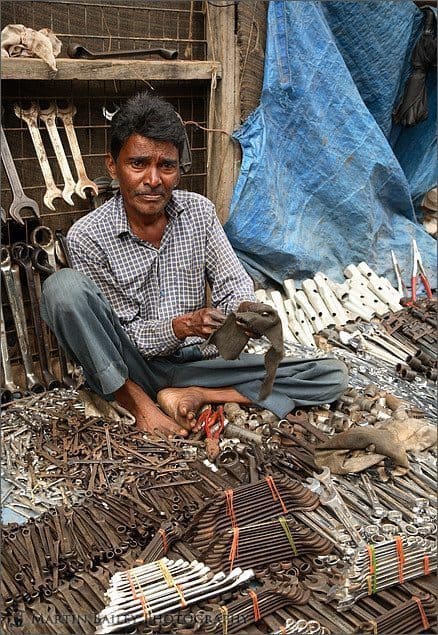
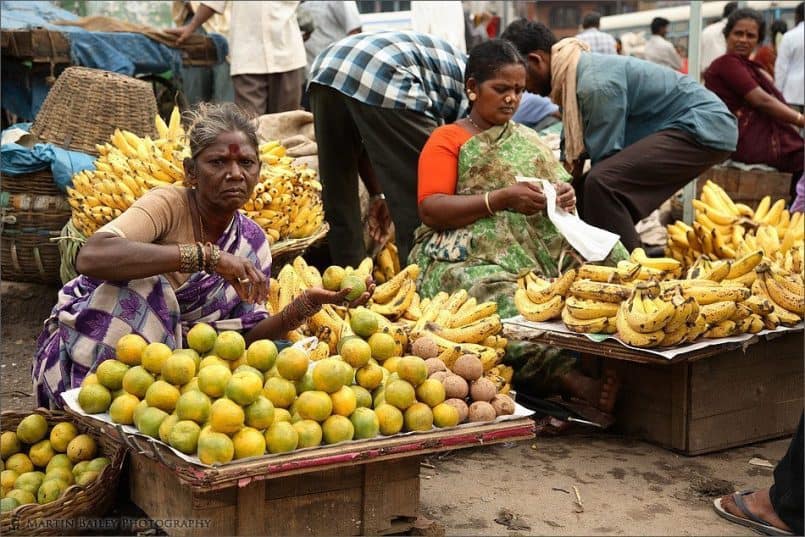


0 Comments